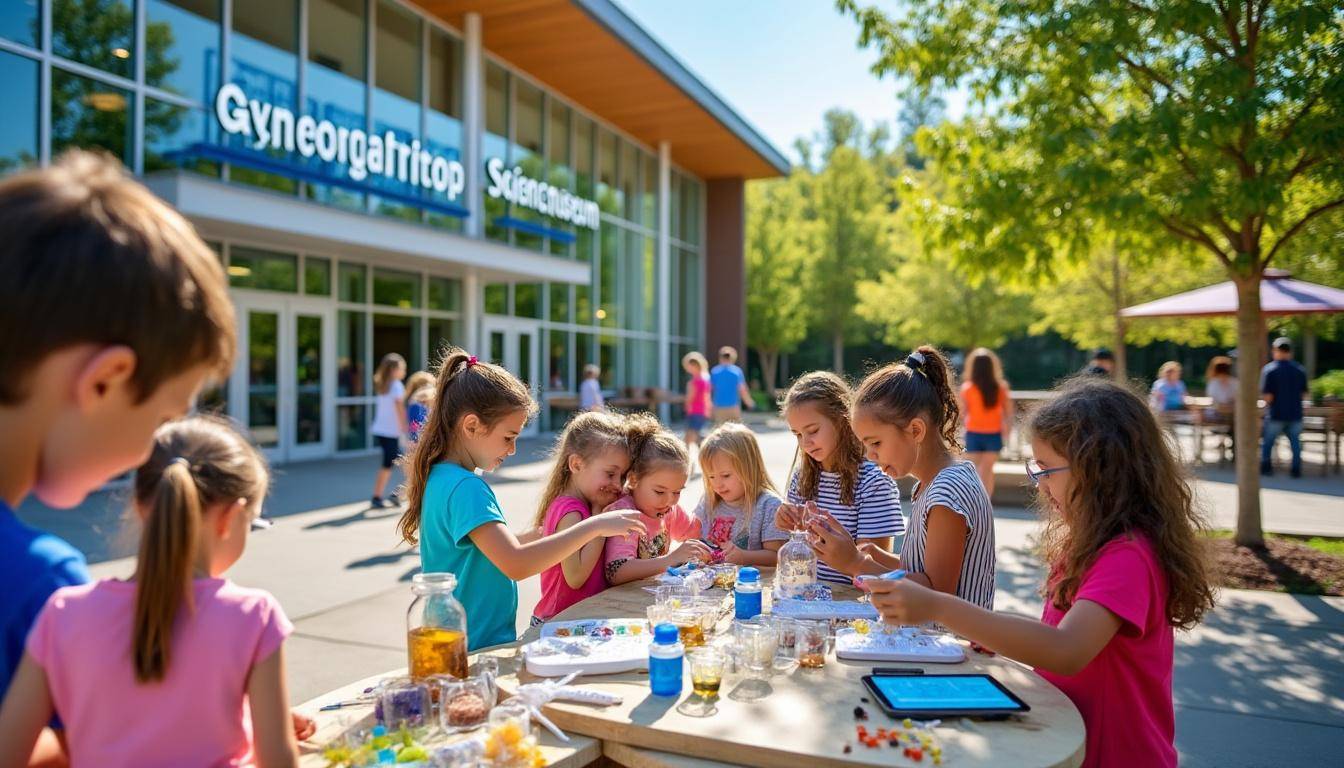Chico State’s Gateway Science Museum, a beacon of science education in Northern California, continues to expand its impact thanks to a significant contribution from the Children’s Science Education Endowment Fund. Established in 2010 and serving as a vital link between the university and the wider community, the museum is deepening its commitment to hands-on science experiences that inspire curiosity and learning for all ages.
Gateway Science Museum’s Growth Fueled by Children’s Science Education Endowment Fund
The Children’s Science Education Endowment Fund, managed by the North Valley Community Foundation, has awarded a generous donation that strengthens the Gateway Science Museum’s mission. This fund not only supports ongoing exhibits but also provides critical resources for Chico State students who engage the public through immersive, interactive learning experiences.
- Support for spring 2026 exhibit “Motion Mania” exploring roller coaster physics through real-world simulations and interactive displays
- Underwriting student-led educational programs that bring science to life for local K-12 groups, especially those from under-resourced schools
- Investment in hands-on STEM tools including equipment from industry leaders like Fisher Scientific, PASCO Scientific, and technology from Texas Instruments
- Strengthening partnerships with educational content providers such as Discovery Education, National Geographic Kids, and Scholastic
This well-rounded backing highlights the importance of equipping young learners and future educators with the necessary tools and experiences to thrive in science and technology fields. The integration of resources from entities such as VEX Robotics and LEGO Education further enhances STEM engagement, making complex concepts approachable and exciting.
How Gateway Museum Enhances STEM Education in the Community
The museum is much more than a display space; it is a dynamic educational hub fostering exploration and critical thinking. By offering exhibits that align with school curricula and learning standards, Gateway ensures that students connect what they see with what they study in the classroom. Its role echoes broader efforts seen in education strategies discussed in initiatives like those on Illinois education legislation which emphasize the blend of formal education with engaging science experiences.
- Hands-on workshops guided by Chico State students trained in science education methodologies
- Field trips designed to meet STEM learning objectives and accessible via scholarships
- Community outreach programs involving local schools and families to reduce educational disparities
These efforts align tightly with contemporary discussions on how public institutions like museums can partner with schools to create equitable and effective informal learning environments for youth, a topic also explored in contexts like migrant education for farmworkers’ children.
The Role of Students and Alumni in Bringing Science to Life
Student involvement is pivotal to the museum’s success. Alumni and current students take on roles ranging from field trip guides to exhibit content creators. Their contributions not only enhance visitor experience but also prepare them for careers in science education and communication. Like the journey of biology graduate Cole Schmitt, many find their passion for STEM enriched through hands-on opportunities that blend university learning with practical application.
- Student leadership in interactive exhibit design and delivery
- Creation of virtual and live educational content leveraging platforms such as those promoted by VWR and Carolina Biological
- Preparation for careers in STEM education, outreach, and museum curation
This model fosters a new generation of science advocates and educators, ensuring lasting community impact. It resonates with broader conversations on the importance of experiential learning environments highlighted in explorations of lab schools and education for children.
Gateway’s Contribution to Regional Science and Natural History Awareness
Leveraging Northern California’s rich natural heritage, the museum integrates regional stories of biodiversity, volcanic landscapes, and cultural history within its exhibits and educational programming. This strategy enhances local engagement and provides visitors contextual understanding linking science to place.
- Permanent garden exhibits showcasing native plants and wildlife habitats that double as living classrooms
- Collaboration with National Geographic Kids for educational materials emphasizing ecological stewardship
- Interactive modules exploring regional climate and geological phenomena supported by partners like Scholastic and Discovery Education
This approach contributes to a holistic science learning experience that not only informs but inspires community members to appreciate and protect their environment, a priority echoed in international education dialogues such as those documented in education’s role in community development in South America.


